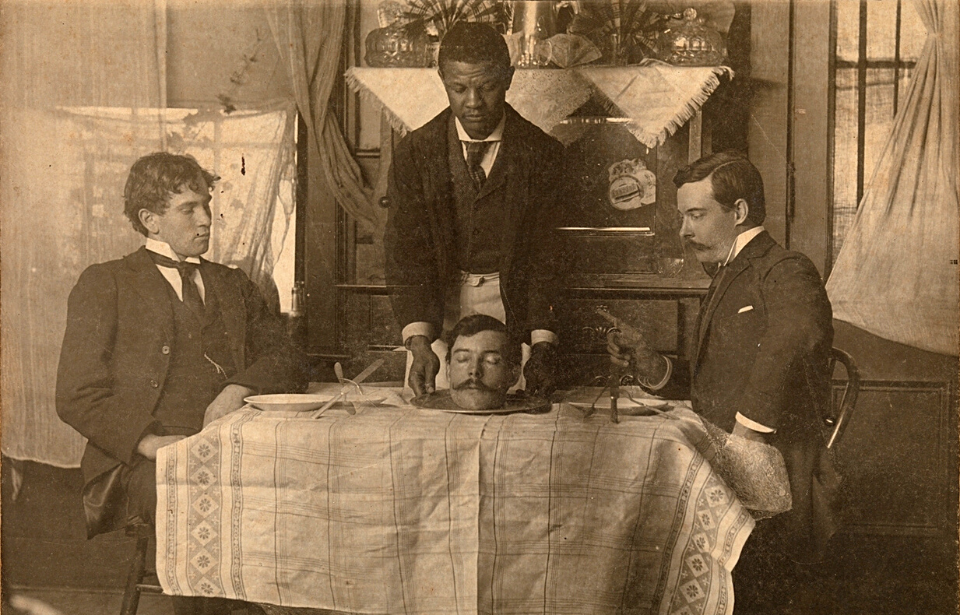The cannibalistic character Hannibal Lecter thrust the question “what does human meat taste like?” into pop culture. For the majority of us, this query will go unanswered, as we cannot bring ourselves to try such a thing. However, plenty of people throughout history have consumed human flesh and described the sensation for those of us with less adventurous tastes.
William Seabrook’s early account of what human meat tastes like
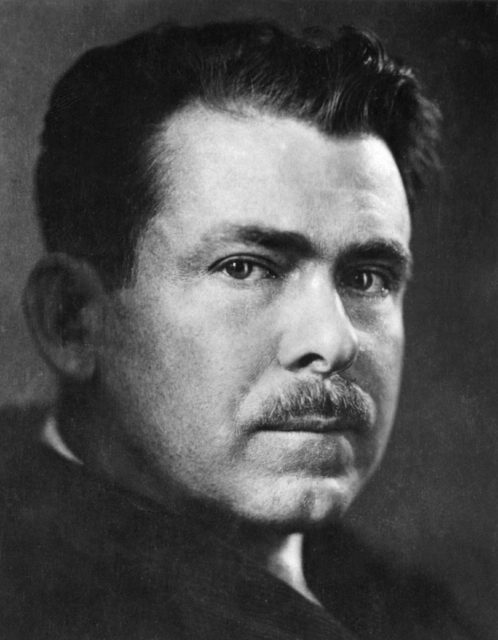
William Seabrook became fascinated with cannibalism during the 1920s. He was an American explorer and writer who documented his experiences when living with a west African tribe that practiced cannibalism. In his novel, Jungle Ways, he admitted that the tribe did not allow him to participate in their ritualistic cannibalism, though he became extremely interested in learning what human meat tasted like.
Seabrook’s fascination with the practice did not cease after he left west Africa to travel to Paris. Rather, it became a curiosity he had to satiate. While in Paris, Seabrook located a hospital where a worker allowed him to take samples of human flesh. He cooked it himself to taste and eat.
Seabrook described the experience: “It was like good, fully developed veal, not young, but not yet beef. It was very definitely like that, and it was not like any other meat I had ever tasted… It was mild, good meat with no other sharply defined or highly characteristic taste such as for instance, goat, high game, and pork have.”
He continued, saying, “The roast, from which I cut and ate a central slice, was tender, and in color, texture, smell as well as taste, strengthened my certainty that of all the meats we habitually know, veal is the one meat to which this meat is accurately comparable.”
Armin Meiwes described human meat as ‘rather good pork’

Armin Meiwes is best known as the “Rotenburg Cannibal” who killed and ate a voluntary victim in Germany in 2001. He put an ad up on a forum called “The Cannibal Cafe” and got a hit from 43-year-old Bernd Brandes, who apparently wanted to be eaten. When they got together, Meiwes videotaped the experiment.
Meiwes murdered Brandes and butchered the body, cutting it up into meal-sized pieces and freezing them for later. He ended up eating nearly 40 pounds of the human meat.
“The first bite was, of course, very strange,” Meiwes described in a 2016 interview with The Independent. “It was a feeling I can’t really describe. I’d spent over 40 years longing for it, dreaming about it. And now I was getting the feeling that I was actually achieving this perfect inner connection through his flesh. The flesh tastes like pork but stronger.”
Several murderers have their own opinions on the taste of human meat
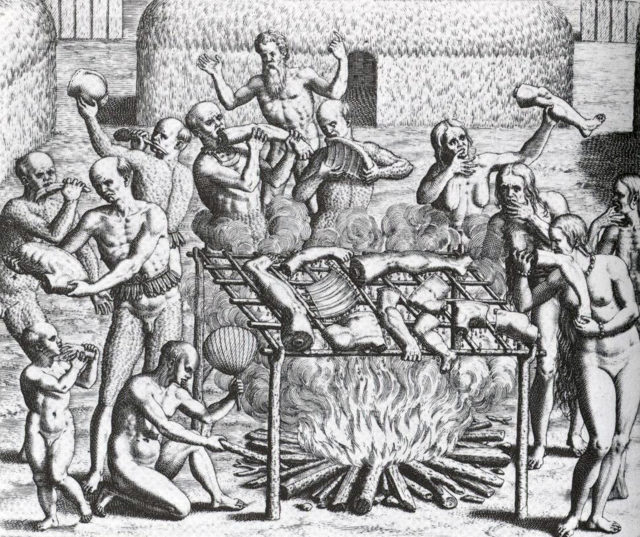
Another murderer who’s experienced the taste of human meat tastes is Issei Sagawa. Sagawa murdered, raped, and proceeded to eat the body of Dutch student Renée Hartevelt while he was studying in Paris in 1981. He described the different areas of the body that he consumed, saying the buttocks melted on his tongue like raw tuna, the breasts were too greasy, and his favorite meat came from the thighs.
Omaima Nelson enjoyed the (what she called) “sweet” taste of her husband’s ribs after she murdered him and cooked parts of his body, throwing other pieces away, in 1991. Prior to the murder, she had claimed that her husband, Bill Nelson, had sexually abused her. After she killed him, she boiled his head and hands and slathered his ribs in barbecue sauce which she then ate.
Some people have made others taste it unknowingly
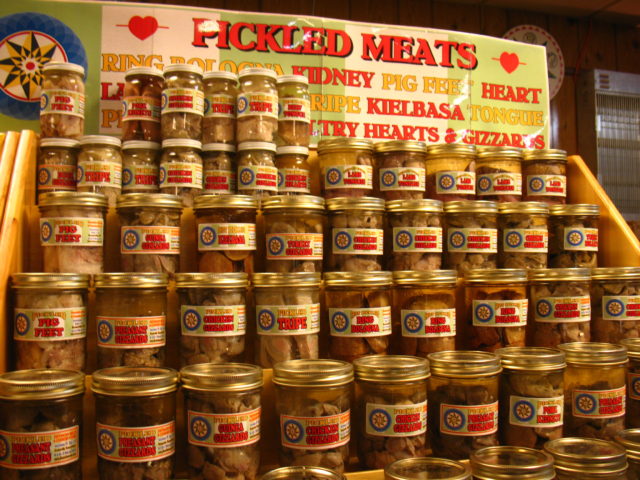
There have been several madmen in history who have forced others to experience tasting human meat. Frequently, these “entrepreneurs” would use human meat as a means to turn a profit, selling their “product” to unsuspecting customers who were totally unaware of the true contents of their purchases. They would likely later consume it themselves.
One of these people was Karl Denke, who was a butcher of sorts as well as a murderer and cannibal. He killed dozens of people between 1903 and 1924. Although his motives for killing were unclear, he had a system in place for what to do once he’d murdered his victims.
Denke ran a small meat shop in town and was generally well-liked by the surrounding community. He was best known for selling jars of “skinless pickled pork.” As you can probably guess, Denke was selling human meat to his customers for several years before the truth was eventually uncovered.
Similarly to Denke, other German serial killers, Fritz Haarman and Carl Grossmann, also committed several murders individually and then sold the human meat on the black market. They would claim that it was either pork meat or horse and were able to make a profit by doing so. Grossman even sold the meat at a hot dog stand he was operating.
Eating human flesh can be appropriate in times of disaster
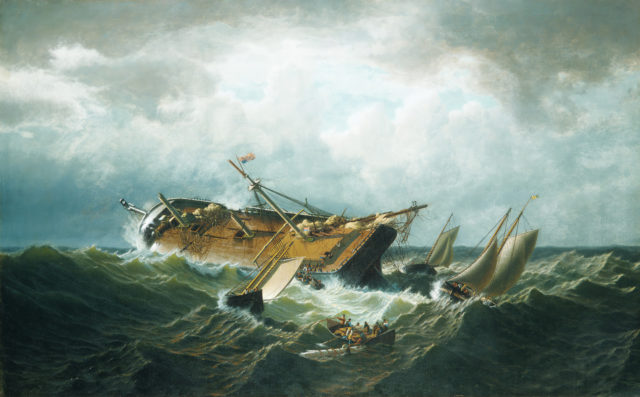
Not all scenarios of humans committing acts of cannibalism spring from such dark and twisted origins. In some cases, cannibalism was entirely warranted on the basis of necessity. In fact, it wasn’t all that long ago that sailors agreed to “the custom of the sea,” which had them draw lots to determine who would be killed and eaten first in times of emergency. In situations that warranted it, ship crews would cannibalize the people who were already dead.
Other instances of journeys gone awry have also seen cannibalism as a means of survival. In 1972, after Uruguayan Air Force Flight 571 crashed into the Andes mountains, 16 survivors lived for 72 days on the dried flesh of the dead to sustain them until rescuers arrived. In cases like this, survivors had to build up the courage to consume the meat, and the experience haunted many of them.
In yet another example of cannibalism, Rocky Mountain wilderness guide Alfred Packer, who originally said that he’d been abandoned by the other members of his crew in 1874, later admitted to killing and cannibalizing them in order to survive. He later divulged that the breast muscle was the sweetest meat he had ever tasted.
More from us: Schlitzie: The Tragic Story of the Famous ‘Freaks’ Star and Sideshow ‘Pinhead’
In the end, most of us don’t know what human meat tastes like, and hopefully, we never will. These accounts will have to suffice.
